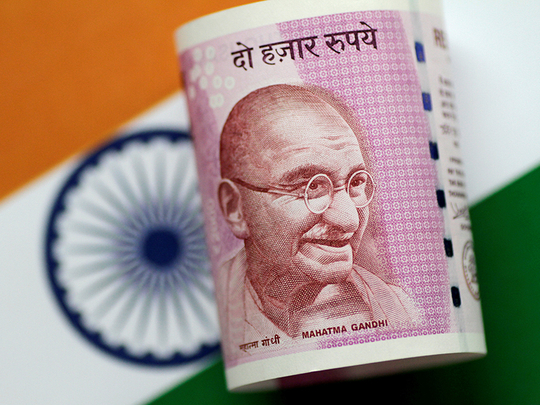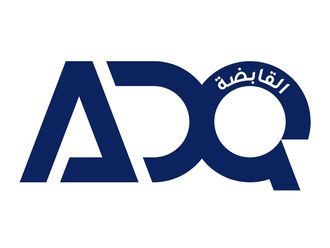
Dubai: The Indian rupee touched another life-low, while the equity market gauge tanked 800 points on Thursday a day before the Reserve Bank of India may decide to hike rates.
The rupee and the stock market has been under renewed pressure owing to a swift rise in oil prices, which hit their highest level in four years, which may result in higher import bill, and adverse current account deficit.
The Indian rupee fell to a record low of 73.8175 per dollar, before closing 0.33 per cent higher at 73.5838. The currency has been under intense pressure after having lost 15 per cent so far in the year, making it the worst performer in Asia, triggering steps from the central bank and the federal government to check the fall.
The Bombay Stock Exchange’s Sensex index tumbled as much as 900 points, before closing 2.24 per cent lower at 35,169.16.
“As we move towards the USD/INR 74, it could be catastrophically destabilising for India capital markets as India would have increased problems servicing their US dollar-denominated debt,” Stephen Innes, Head of Trading APAC at OANDA said.
The federal government announced a series of measures to check the fall in rupee, like diluting requirements for dollar hedging on infra bonds and levying import duty on non-essential shipments. The RBI is planning to buy back Rs360 billion (Dh17.9 billion) worth of bonds in the money market to boost liquidity. This will happen through open market operations in October. The RBI has also opened a special window for oil firms to buy US dollars.
“In our view, this is more like a short-term fix as it does not resolve concerns regarding government of India’s fiscal stance or RBI’s monetary policy,” Vijay Valecha, Chief Market Analyst, Century Financial said.
The central bank would likely decide to hike rates by 25 basis points to 6.75 per cent after a three-day meeting on Friday, which may give temporary respite to the rupee.
“RBI’s policy seems more pro-cyclical than counter-cyclical and this could adversely impact the fortunes of rupee in medium term. Unless a fundamental course correction happens, it seems that path of least resistance for rupee is lower in the coming months,” Valecha said.
Meanwhile, the falling rupee is proving to be a bonanza for Indian expats in the UAE.
“The Indian expats can take advantage of the favourable exchange rates, sending money home. This is a good time for NRIs to invest more money in their home economy,” Sudhir Shetty, president at UAE Exchange said.
The global remittance industry is expected to hit $626.4 billion (Dh2.30 trillion) in 2017 — growing at around 3.97 per cent compared to 2016, according to reports from the World Bank.












